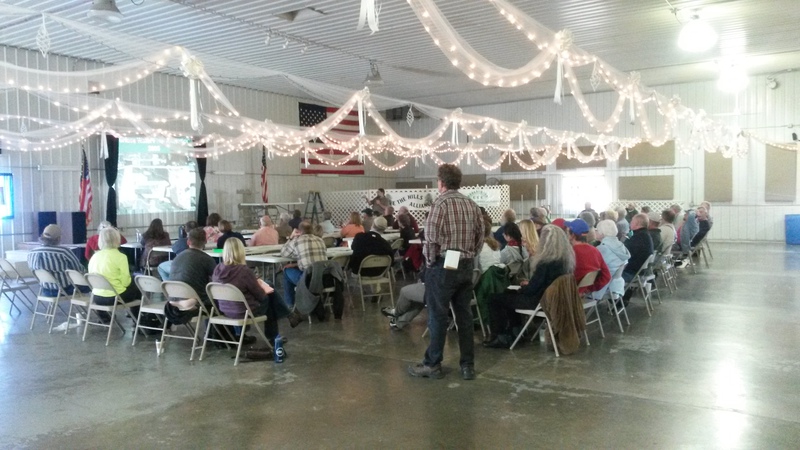
Action-Oriented Resources
There are many ways that people can collect data, report and strategize around the frac sand issue. This page will outline some options currently available.
On this page:
- Strategizing
- Reporting
- Monitoring
- Dust Monitoring
- Photographic Monitoring
Strategizing
- Start your own Environmental Monitoring Study
- Run a workshop to identify what advocacy strategies are effective and accomplishable. (this will be Menomonie workshop 2)
- Strategize a media campaign
Monitoring
Dust monitoring
- Picking monitoring equipment/compelling state monitoring
Photographic Monitoring
Aerial Photography and Mapping:
One way to advocate around the physical affects of Frac Sand mining is through aerial photo documentation. This technique has been useful for the Buffalo County Defenders in their arguments for zoning, as well as with the Concerned Chippewa Citizen in getting increased exposure to the visible burden frac sands bring to communities and the environment.
Many groups are choosing to use drones to capture images of the mines. Alternative, low cost options for aerial imaging are also available with balloon and kite mapping. Here is a resource about balloon or kite mapping and also a workshop that walks through the process.
Mapknitter.org can help you piece your photos together to create a map. Here is a workshop that walks through using mapknitter.
Photo Documenting Water Pollution
If you encounter a discolored stream, taking a photograph and calling the county Land Conservation Department can be your first step in advocacy. Enforcement of permit compliance occurs where the problem originates (e.g. the discharge point, not the downstream affected area), so the best people to contact are the Land Conservation Department personnel in the county where the polluting site (e.g. mine or farm) is located. A great list of Land Conservation Departments in Wisconsin counties can be found here: http://wisconsinlandwater.org/about/county-land-conservation, where you can scroll to the “Quick Find” and type in the appropriate county or click “Show All”.
In Wisconsin, it is easier for county officials to respond to mining violations than to agricultural or non-point source pollution exceedences because the funding for enforcement comes from the mining permits. To enforce agricultural and non-point source pollution enforcement, the state/counties are required to provide 70% of the cost of enforcement activity (e.g. building a fence or proper drainage), and since these departments are chronically underfunded, the financial burden becomes a significant obstacle to enforcement. Since counties do not have a cost-share burden with mining permit enforcement, county Land Conservation departments are more apt to respond to mining-related violations.
The most useful photos are ones that clearly document the time, location, and source of the pollution. Be safety conscious and do not trespass on private property. For more information, please refer to the Photographer’s Bill of Rights. Please try to include these elements of good, actionable documentation of surface water turbidity in your photographs: - Date and time-stamps - Identifiable landmark - Views documenting upstream and downstream of the source of turbid waters - Views documenting any confluences, showing the turbid water stream and a non-turbid stream - If there is more than one potential upstream source (e.g. farm and mine), a photo of the stream(s) passing through each land
Be sure to include the following information:
- Date and time:
- GPS Location or Driving Directions:
- Photographers contact information (you may remain anonymous):
- Responsible Party:
- Brief Description:
Reporting
- Report to a regulator